I’ve been asked for specifics about the Enchanted Jukebox that is the focus of the first episode of Jedemi Chronicles (Title: “Ring Dem Bells” – Tale of the Enchanted Jukebox”).
Viv is drawn to its colors. Even unplugged it seemed pulsing with life.
After doing some legwork, it appears that what Viv stumbled upon was a Rock-Ola “Luxury Light-Up.”
Contrary to popular belief, the company’s name has nothing to do with “Rock and Roll.” It was founded two decades before and beginning in the mid-1930s, Rock-Ola sold more than 400,000 jukeboxes under the Rock-Ola brand name. Source: Wikipedia
Rock-Ola Manufacturing Corporation (Rockola); Chicago, IL
Here’s some background care of the Radio Museum website:
>> This jukebox “39 Standard Luxury Light-Up” was widely distributed in 1939 by the David C. Rockola Manufacturing Corporation, 800 N. Kedzie Ave, Chicago, Illinois, USA.
NOTE: The brand name is most commonly seen hyphenated: Rock-ola. It features some of the largest catalin plastics ever utilized in jukeboxes and a four-tube amplification (Model E) system playing through a 12″ Model PH-3205 electrodynamic speaker with 8 ohm VC and 5400 ohm FC.
>> The schematic (from 1938) shows the tubes 76, 2 x 6L6G and a 5U4G. The mains transformer is PH-3158. After the output transformer PH-3159 there is possible a second loudspeaker as a permanent magnet dynamic type PH-3195. At the same time there was also a Deluxe model offered.
>> The jukebox plays 20 different 78 RPM selections with a Smythe mechanism, one-side-only, and accepts nickels, dimes, and quarters….one play per 5 cents.
>> Rock-ola jukeboxes of this vintage featured an extremely simple and reliable player mechanism, unlike the contemporary Wurlitzers, and despite being relegated to secondary status by massive Wurlitzer advertising campaigns, it was favored by operators as being extremely economical and reliable.
>> Note: This jukebox weight 280 lbs and its dimensions are: 34-inches wide by 55-inches tall, by 25 inches deep.
***
Here is a video and some pictures I took of a Rock-Ola in San Francisco (special thanks to Mr. Stumpf and Mr. Jablonski).
***
And here are more reference examples from the Internet.
>> 1939 Rock-ola Luxury Light-Up jukebox
By night…
By day…
>> Here’s an example of a Rock-Ola from 1940.
The back is flat with an easy to remove panel for servicing.
http://www.pinballrebel.com/archive/rockola/1940_super/1940_super.htm
Another reference point: Rock-Ola Model DE-39 Deluxe Luxury Light-up Jukebox of 1939 at www.pinballrebel.com.
This is cool because it includes a technical drawing.
All of the above will give you a sense of what that enchanted jukebox was like. But what’s essential IS invisible to the eye!
###
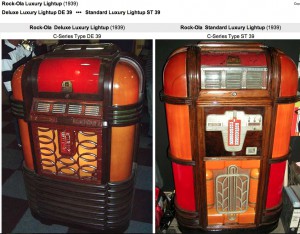
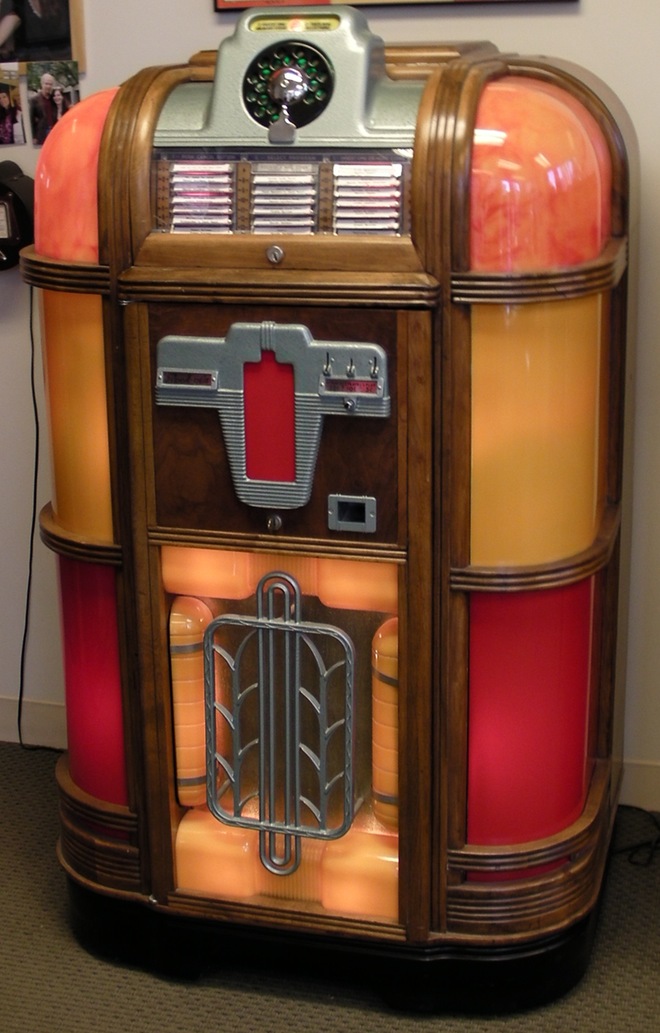
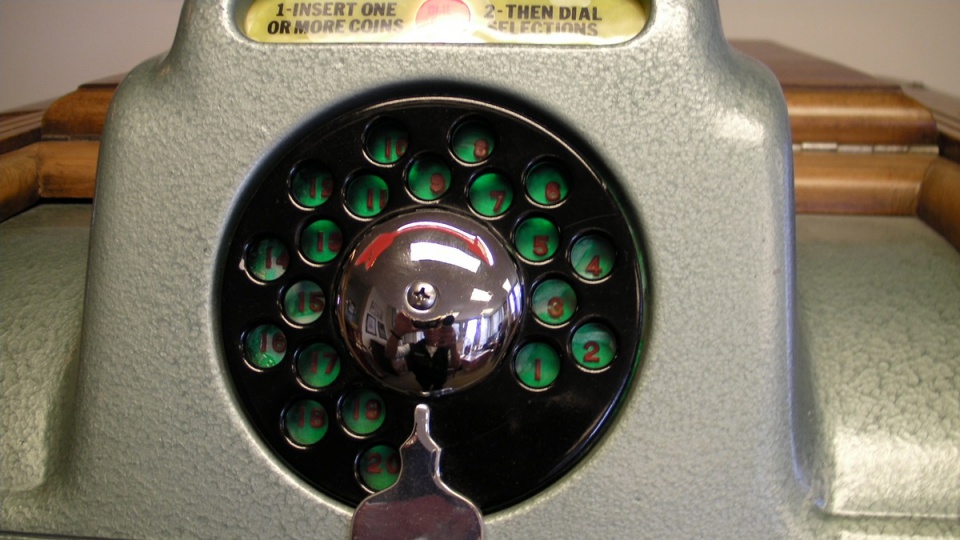
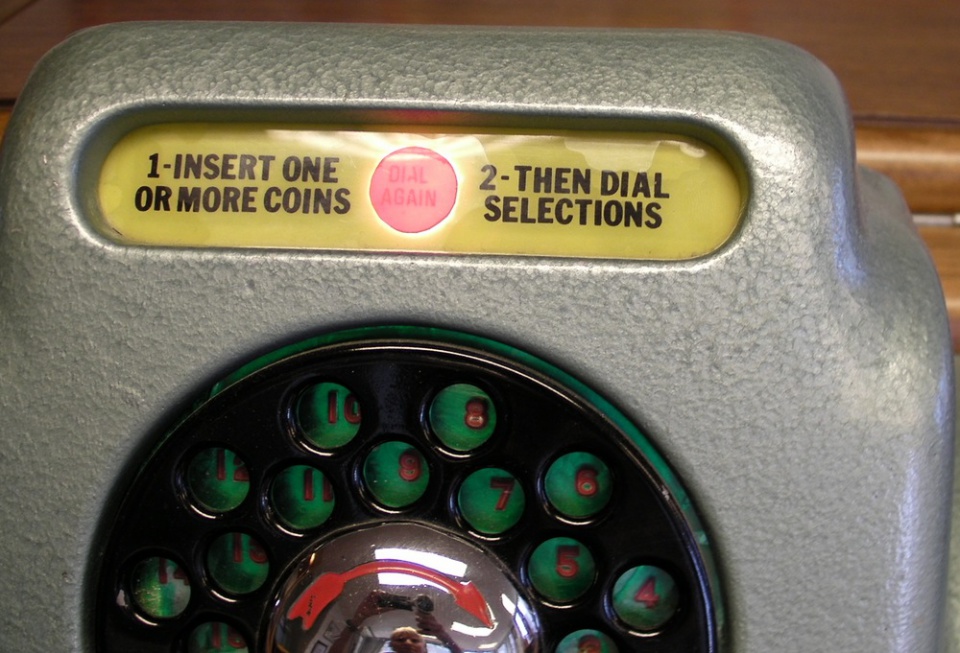
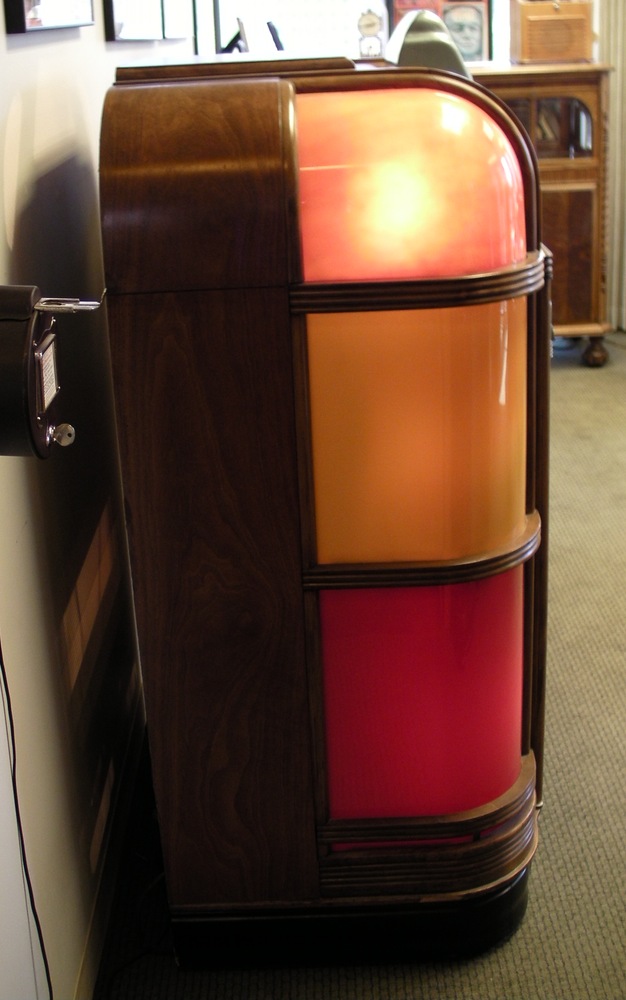
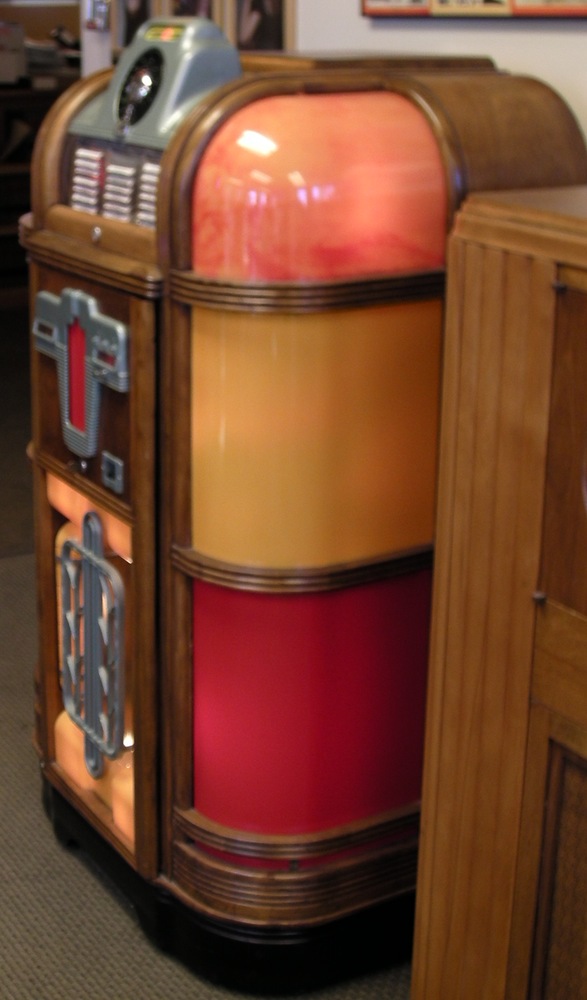
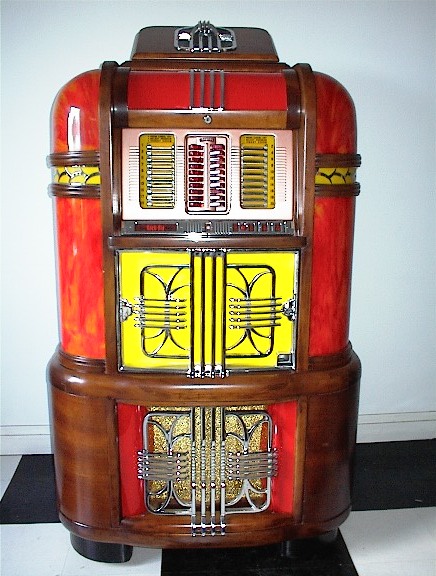
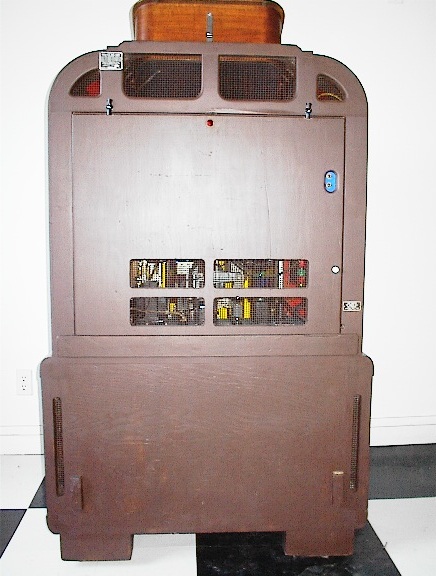
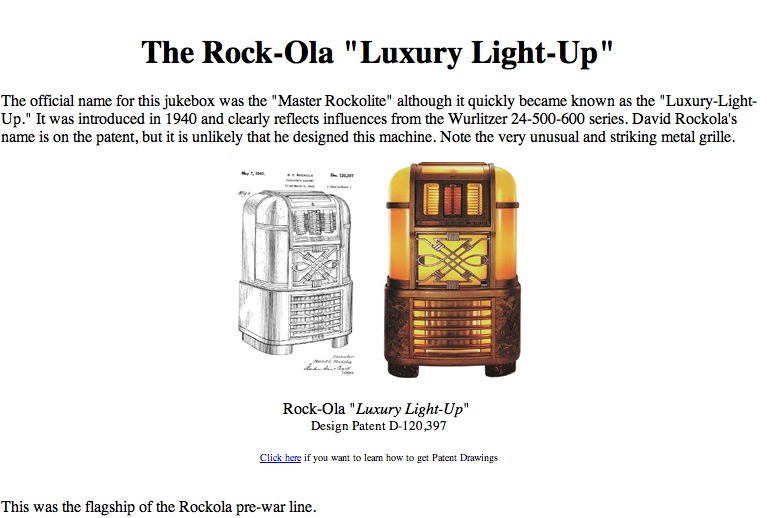


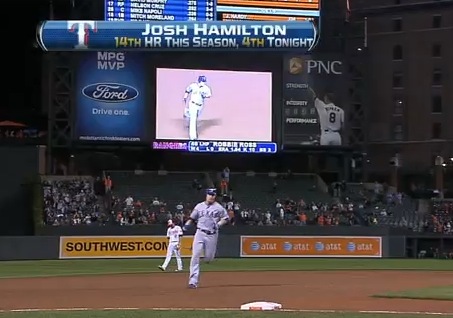
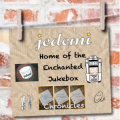
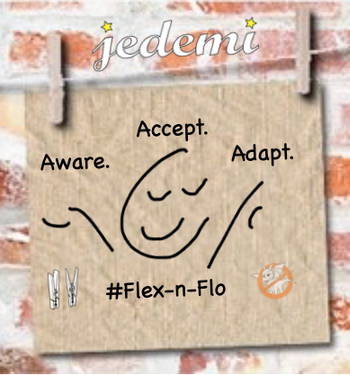
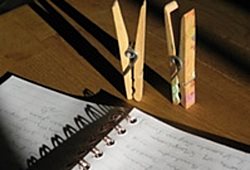
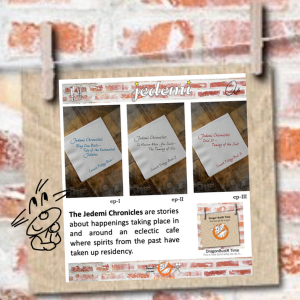
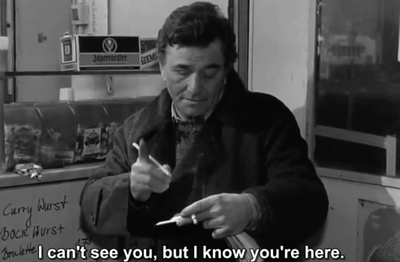
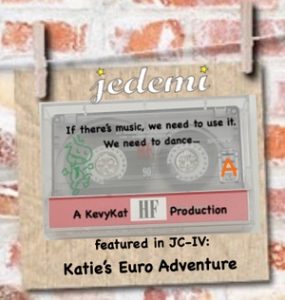
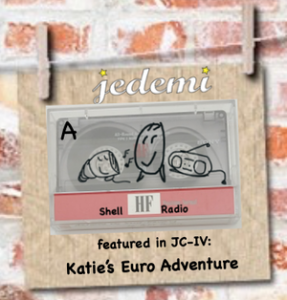
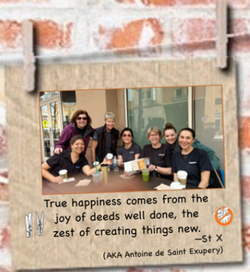

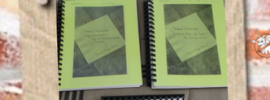
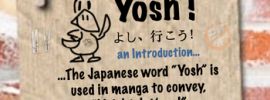

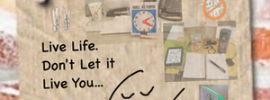
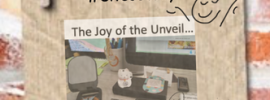
Speak Your Mind